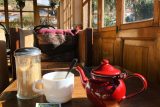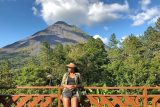Sunny In Peru
Hello world! At this point, I am too embarrassed to say I’m back as I don’t know if it will be consistent. But at last, there’s a new post!

Peru is famously known as the “land of the Incas.” It’s also one of the most popular countries in South America, mostly thanks to its iconic Wonders of The World, Machu Picchu. I visited Peru in 2018 as part of my travel goals, to visit Machu Picchu.
HISTORY

SOME UNIQUE FACTS ABOUT PERU
From Tusker Trail:
Peru is one of the most bio-diverse countries in the world :It is home to over 90 different micro-climates, offering unique precipitation levels, temperature, and wildlife in each. As elevation changes dramatically across the landscape, so does the flora and fauna, making for great adventure at every turn.
The city of Cusco was the capitol of ancient Inca: Cusco is home to some of the oldest architecture on the continent making it a real hot-spot for archeologists and adventurers. Some ancient Inca customs are still practiced in the city, such as Inti Raymi, an Incan celebration of the winter solstice and the power of their sun god.
Peru has three official languages:Spanish, Quechua, and Aymara are the three state-sponsored tongues in the country. While the first may be familiar to travelers, the second two are most often totally foreign. They are the native languages of the original dwellers of the Andes mountains and have between 10 and 13 million speakers in South America. In addition to these official languages, there are 13 other indigenous languages spoken in Peru.
Machu Picchu remains a mystery: Despite being carefully studied and visited on a regular basis, the origins of Machu Picchu remain unknown. Its intriguing architecture and alignment with astronomical signs have led many theorists to point to a ceremonial significance. Yet there’s no real answer, and the mystery just makes Machu Picchu all that more awe-inspiring.
Caral-Supe is the oldest known human settlement in the Americas: North of Lima, this ancient settlement goes back 5,000 years. This dates it around the same time as the construction of Stonehenge, early development of agriculture in Egypt, and the founding of Troy. Some of the most important archeological findings have come from this site.
Peru has over 55 kinds of corn: More varieties of corn are grown in Peru than anywhere else in the world. As a main staple of the Peruvian diet, you can find corn in almost every meal and many different colors, including yellow, black and purple!
BEFORE TRAVELING TO PERU
Visa: U.S. citizens traveling to Peru do not need to obtain a visa if their stay is under 183 days.
Language: Peru has three official languages. Spanish is the most widely spoken, followed by Quechua and Aymara.
Currency: The currency of Peru is the nuevo sol.
Altitude Sickness: Cusco is more than 11,000 feet above sea level. It’s common for many visitors to experience symptoms of altitude sickened, or “soroche” as it is known locally. Suggestion is make sure to incorporate a few acclimatization days to lower the chance to suffer from altitude sickness and also drink cocoa tea upon arrival.


Hotels:When you think of your hotel in Cusco and are concerned about altitude sickness, please make sure there’s oxygen tanks available. Most 4 or 5 stars hotels in Cusco have oxygen available. Some can even have oxygen pump into your room at an additional cost.

Climate: In general, you can experience two distinctive seasons in Peru, wet and dry. The dry season is April – November, with wet season December – March.
I flew in from Houston Internal Airport (IAH) to Peru’s Capital, Lima.

I stayed at 2 hotels: Arqueologo Casa Peralta and Abittare Hotel





Abittare Hotel





Due to altitude sickness, I was on a slow pace to explore Cusco and mainly consumes soups and tea frequently.

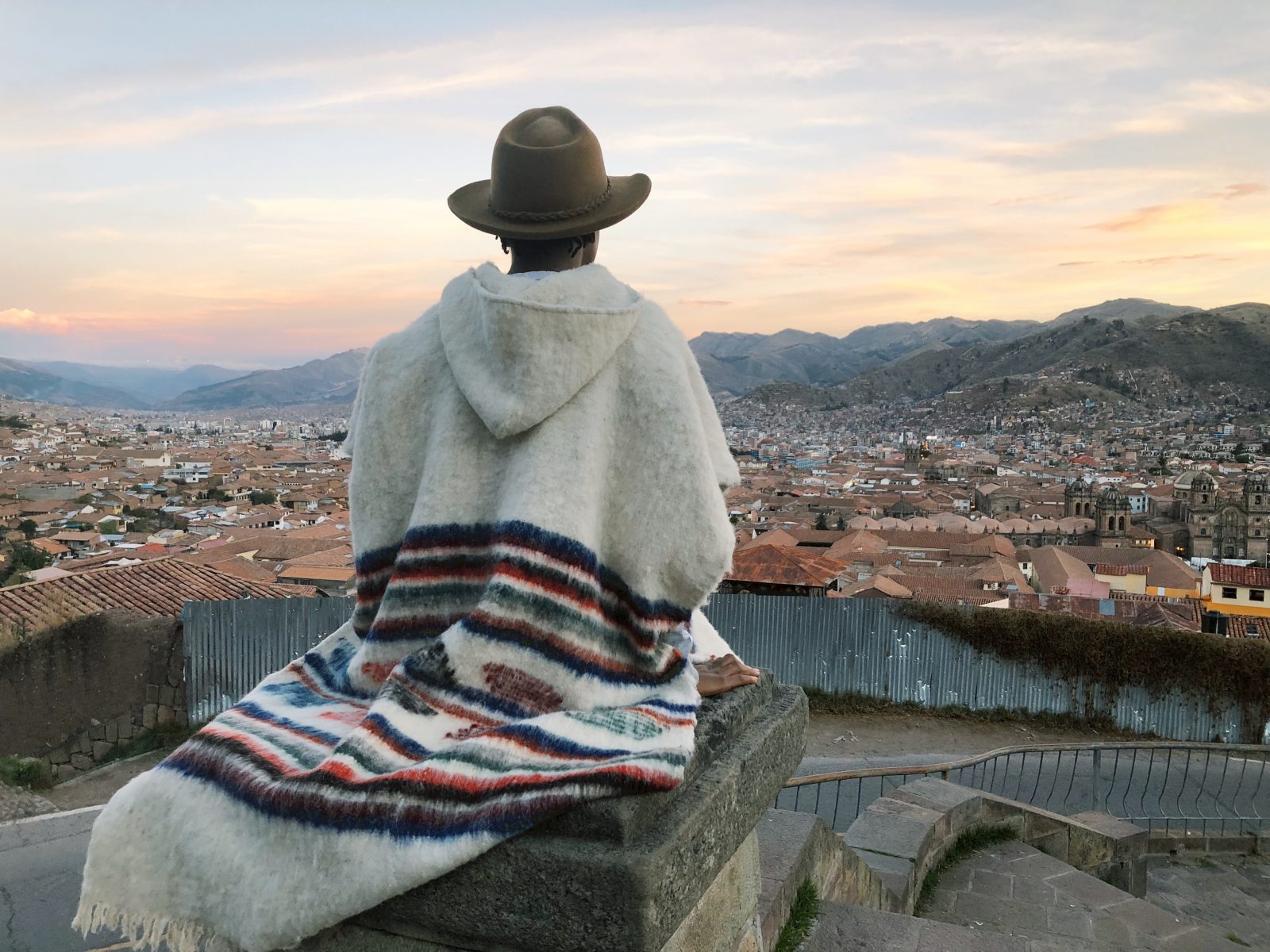




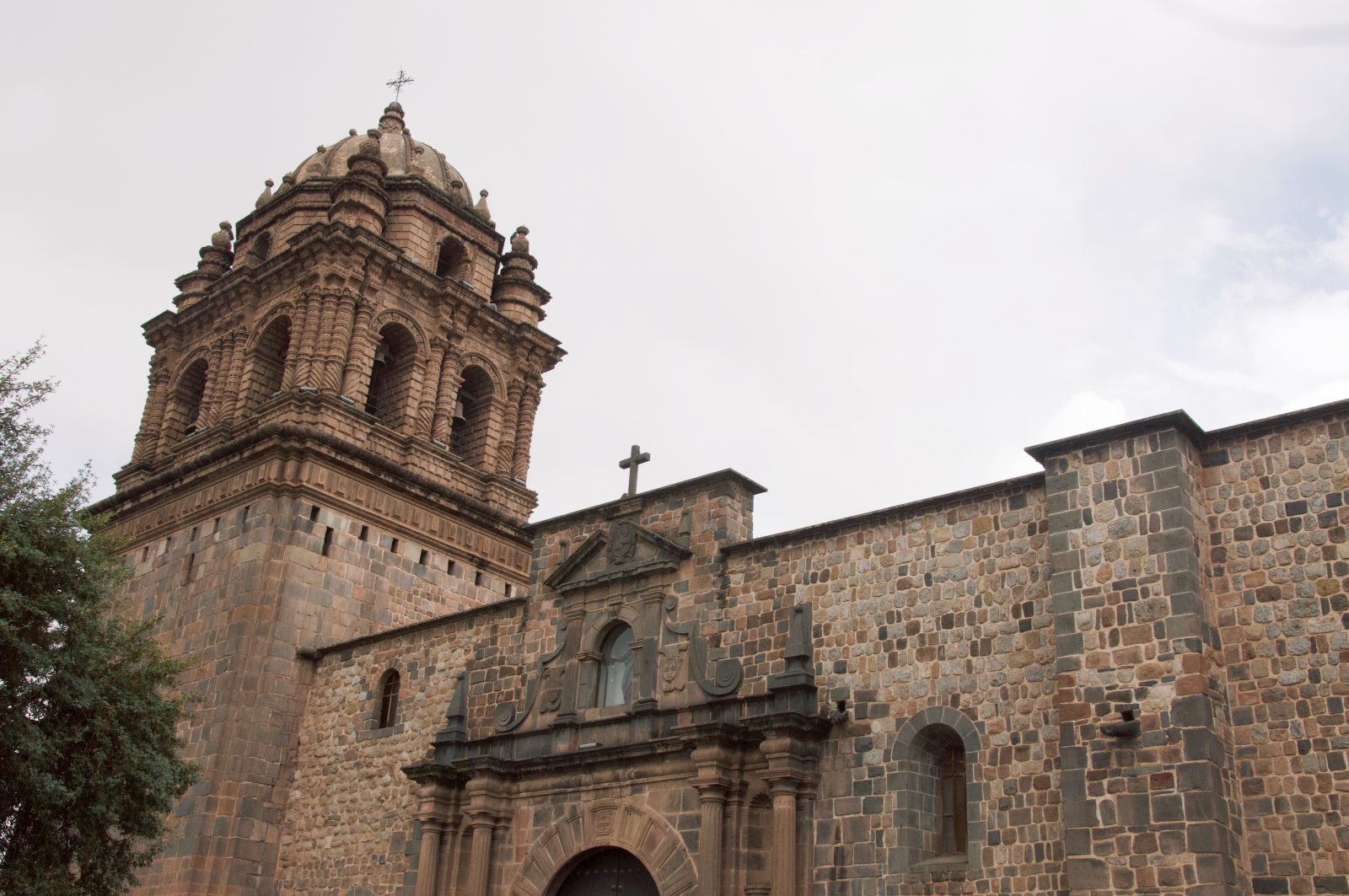



After few days in Cusco, I was feeling slighter better to repurchased another train ticket to Machu Picchu.
You can purchase train tickets online, here or at Cusco city center.

The train service I selected has comfortable and reclining seats, breakfast, accompanied by background music prepared especially for your trip to Machu Picchu. in Addition, it has explanatory audio of the most relevant places on the route to learn a little more about the Sacred Valley.



There are two routes to Machu Picchu Mountains once you arrive at the station. Taking the bus or walking/trekking. I decided on the bus route which I will NOT suggest as we witnessed a fatal accident. The roads are narrow and the driver was driving like a maniac on a road with no barrier.



Machu Picchu

Machu Picchu (“Old Peak”) and Huayna Picchu (“New Peak”)—at an elevation of 7,710 feet.
“For the variety of its charms and the power of its spell, I do not know another place in the world that compares to it,” is what Hiram Bingham, the American explorer who rediscovered the citadel of Machu Picchu in 1911, said. And now, this Wonder of the Modern World is one of the most visited destinations in America.
Located on top of a mountain in the middle of a tropical forest, it is considered the tourist attraction par excellence in Peru. The historic sanctuary is a place that captivates tourists not only for its dazzling architectural beauty, but also for its important historical-cultural legacy, which has led it to be recognized and admired throughout the world.
Declared Cultural and Natural Heritage of Humanity in 1983 by UNESCO, it is probably the most amazing architectural construction of the Inca Empire. This citadel is made up of temples, palaces, terraces, monuments, complexes and walls; in addition to water channels, built with large blocks of stone, without any amalgam, proof of the great wisdom of the Inca civilization.
Surrounded by forests in the province of Urubamba (Cusco), Machu Picchu annually receives approximately 1 and a half million visits. It has an area of more than 30 thousand hectares, where it is possible to find a varied flora and fauna, as well as wooded areas, steep mountains and snow-capped peaks.
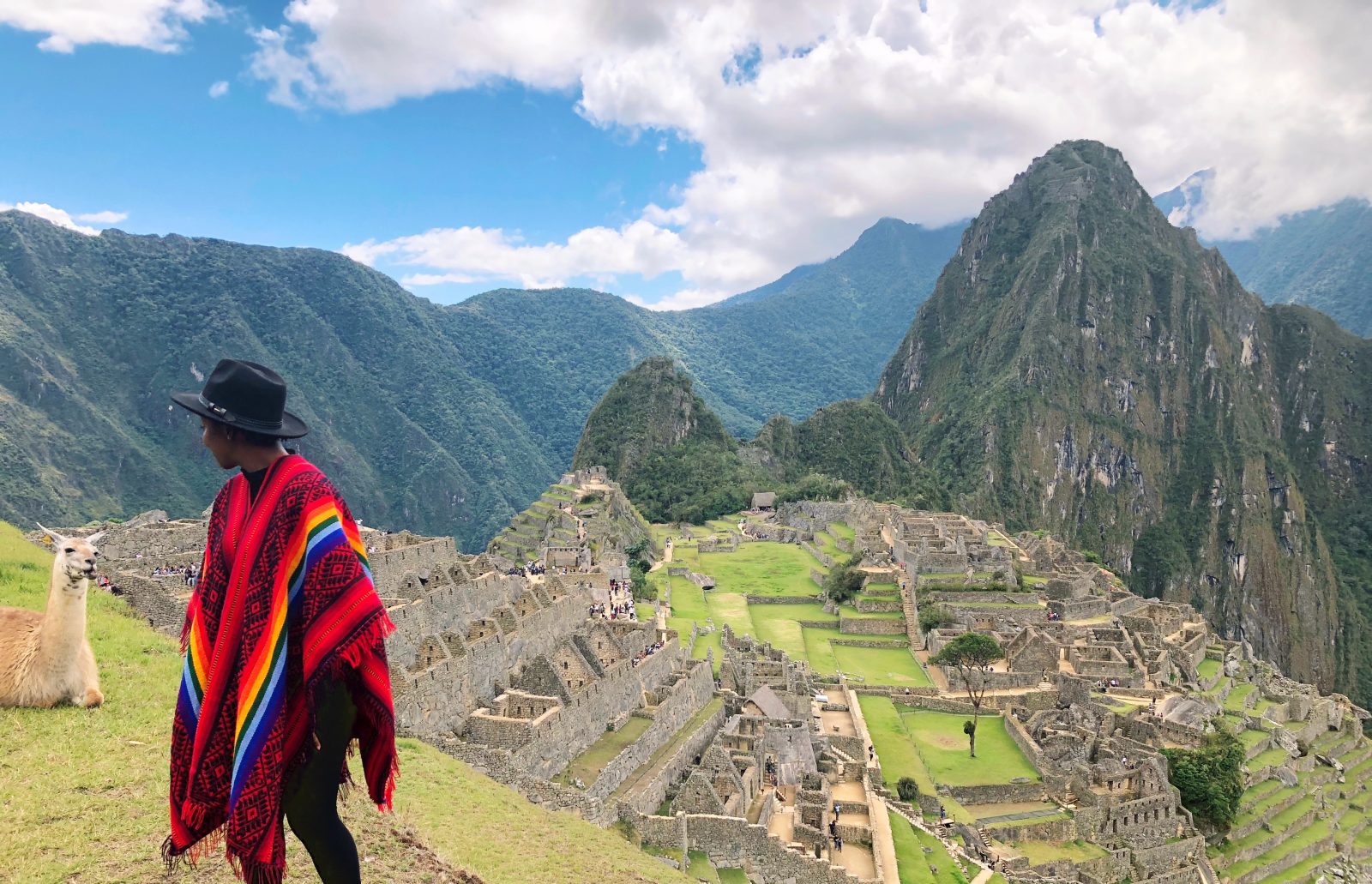
Rainbow Mountain

Rainbow Mountain Peru, also known as Winicunca, is the fastest-growing tourist attraction in Peru followed by Huacachina Desert Oasis. The mountain is made up of 14 different colorful minerals. It should be noted that the only way to access Rainbow Mountain is if you are with an official tour company who have permission to access it. Like most places I visited in Peru, Rainbow Mountain was physically challenging.





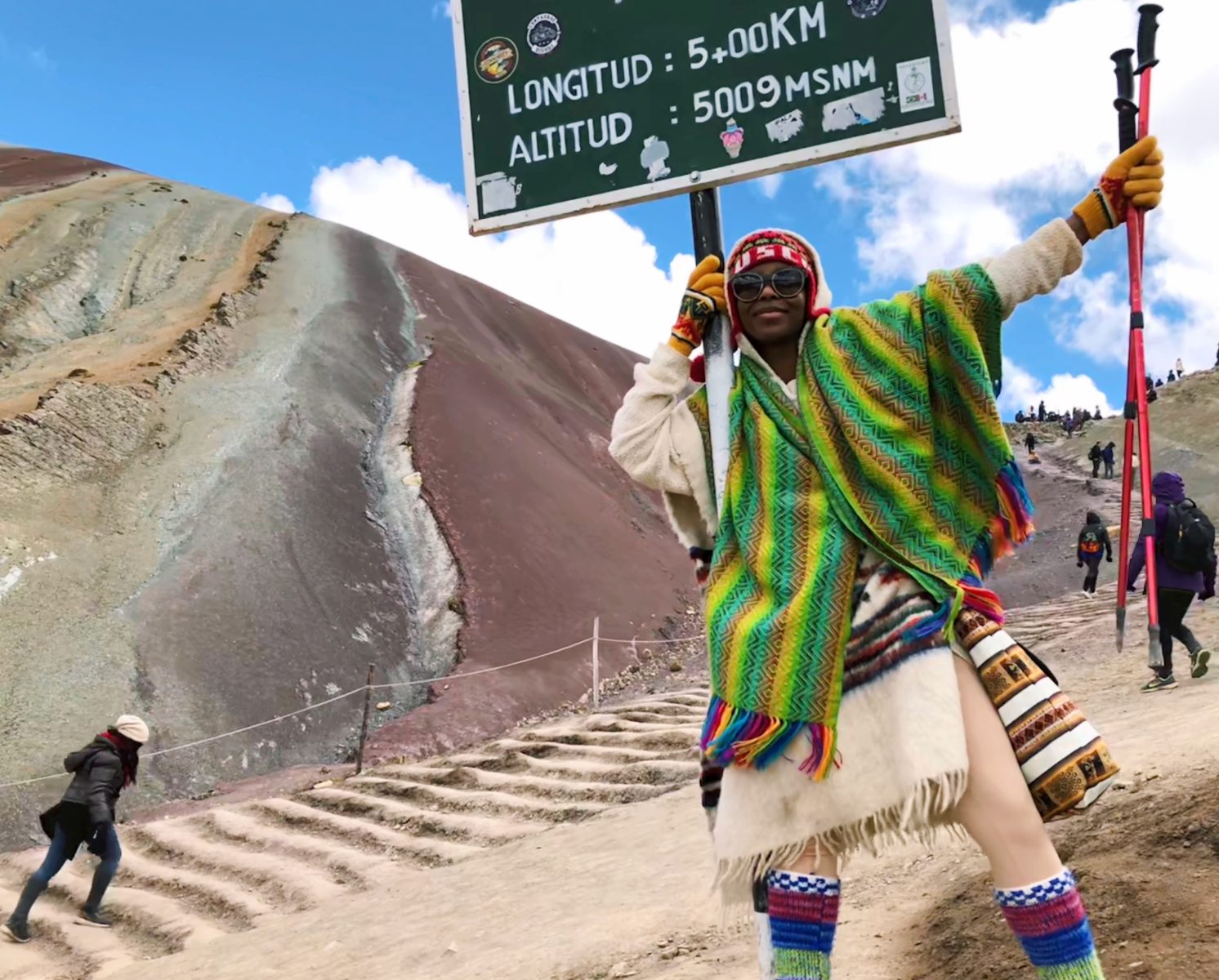


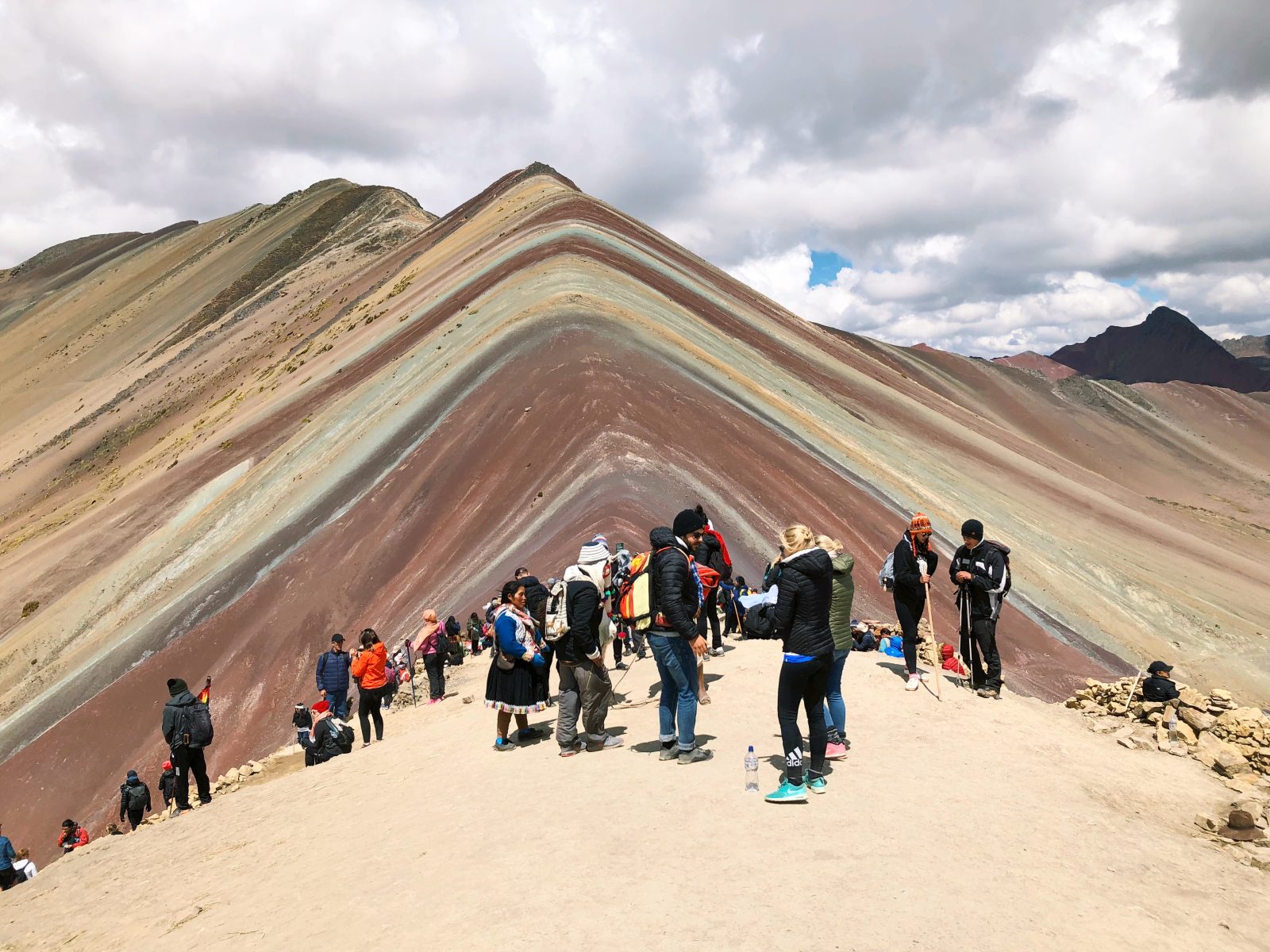

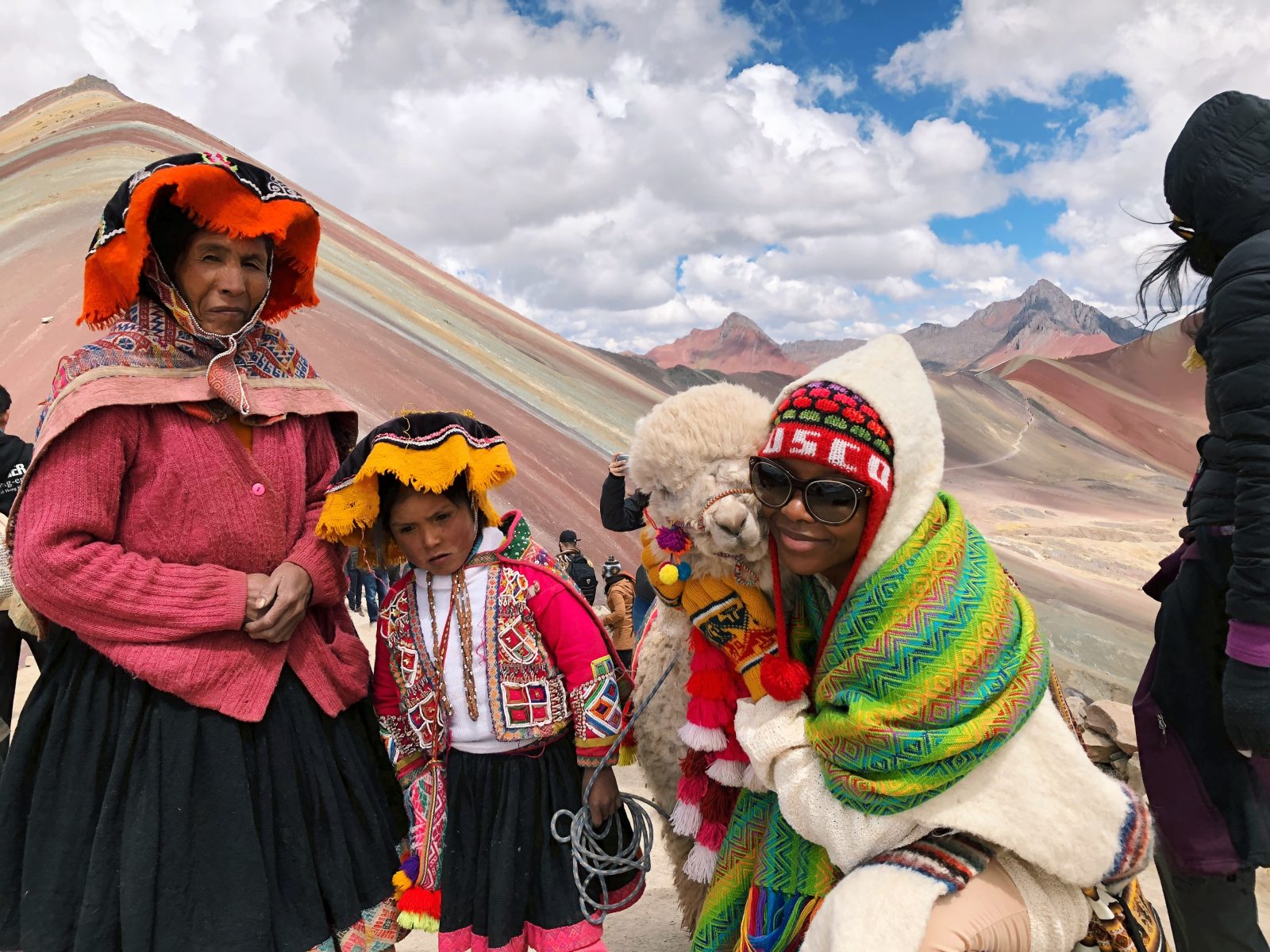



Salineras de Maras

Located just an hour away from Cusco, hidden in the Sacred Valley, lie these surreal salt ponds, known as Maras Salt Mines, or locally as Salineras de Maras.
Over 3,000 ponds, locally owned by 600 local families, make up the picturesque Maras, all connected through an impressive underground network of canals that fill these pools with salt water. Over time, the intense sun will slowly evaporate the water leaving behind the salt that is later extracted through ancestral techniques by local family members.


High mountains, cloud forests, Incan ruins, ruins founded even before the most famous civilization ruled over the country, Amazon jungle, colorful markets, colonial towns, long journeys, coca tea, altitude sickness, friendly people. Peru evokes many memories, but before my trip, I had the country connected with its most popular attraction, Machu Picchu, and could not imagine much beyond.
My trip through Peru was a whirlwind of different culture and at times felt like I was in a different century. The Peruvian way of life, incredible scenery, and the hospitality left a lasting impression.

I hope this post helps inspires you all to visit Peru.
DO NOT USE MY PHOTOS WITHOUT PERMISSION

